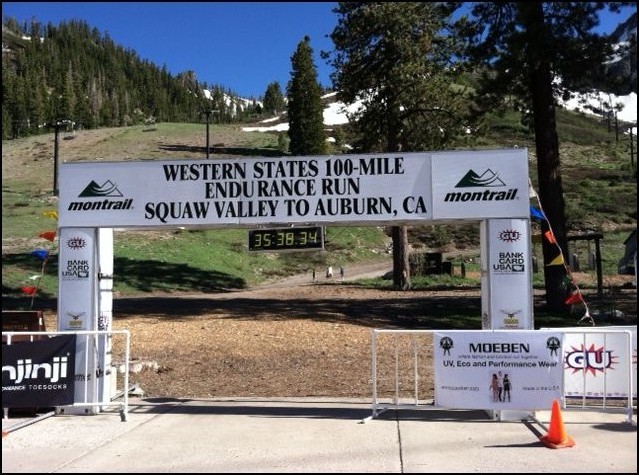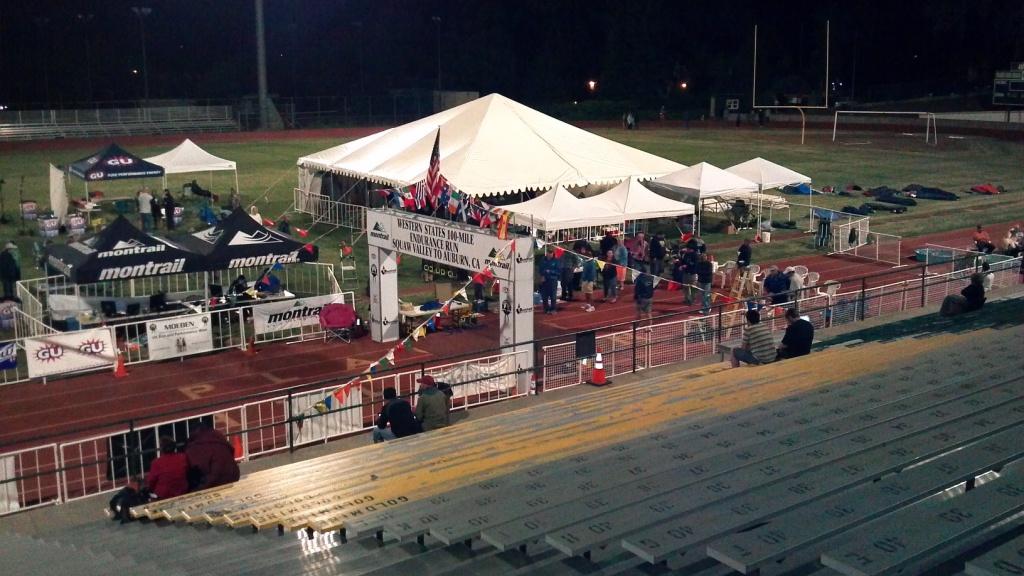
I'm not one to really discuss strategy of my 100 mile ultras, because by the time mile 60 comes around, most of my strategy would have been abandoned for something simpler, like, "left foot, right foot, ugh, must...make...finish...line"
But Western States is a course that needs to be addressed. A person can make or break his or her race with the first 62 miles of the race. The first 62 miles involves lots of hills and canyons; in other words, ups and downs in very isolated areas. The last 38 miles is a lot more urban and gentler on the legs. Or so they say.
El Dorado Canyon, one of the canyons I have to traverse in the Western States 100, is definitely breathtaking, but can be dangerous if one runs out of nutrition and hydration since it is so isolated.
With this race I will have no crew, but will have a pacer at mile 62 and places to put drop bags. It is very important to know what to start out with and what to put into these drop bags so that I can come out of this with a decent time.
First things first...what shall I be wearing at the start line? With the potential for cool weather at the start (this is the Squaw Valley Ski Resort we're talking about here), I must have the option of switching from long sleeve shirts to short sleeve shirts. A change of clothes on the fly can only happen if I wear a Camelbak for the start.
I'm not too keen on having additional weight for these races, but in this case, I think it would be necessary to have the Camelbak on hand. I can store extra clothes in the back, along with first aid items like Bag Balm and Band-Aids. With the difficult trails in the beginning I just want to make the first 62 miles as comfortable as I can. Plus, with all the extra water I can store in the Camelbak, I have virtually no chance of running out of water in the long miles between aid stations. Especially in the canyons, when I do not know how fast I'll be climbing the switchbacks and how long I might reach an aid station. The extra water will definitely help.
With all the weight that I did lose for this, certainly it would be fine to carry an extra pound or two of water on my back. The extra weight should affect my pace or my ability to climb hills at all.
After 62 miles, when I arrive at Foresthill and obtain my pacer, I hope to be well enough to run a little faster since the course is friendlier and the aid stations closer together. I can leave my Camelbak in my drop bag there and run light the rest of the way with just a hand-held bottle.
Anyway, it sounds like an OK plan for the time being. As with nutrition and hydration, well, I will do it exactly as I did in Vermont last year. Go mostly primal, of course! Bananas, watermelon, canteloupe, grapes, and lots of water. I will take the occasional sugary item, of course, but I'm hoping to stay away from those since they are double-edged swords; they may make me feel better immediately, but may make me worse down the road.
Hopefully, with this strategy for the first 62 miles in place, it will keep me well enough to keep me running for the last 38 miles and help me finish this race with a decent time.




Flexibility with clothing will be key here. Last year's start seemed fine, until the runners climbed the first peak and were greeted with winds, sleet, and temps in the low 40s. It never got typical WS HOT last year, but it definitely warmed the hell up later that afternoon. Also, should be a snowy year for the first 20-30 miles...
ReplyDelete